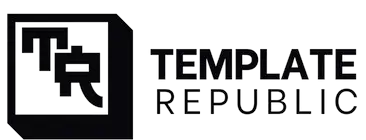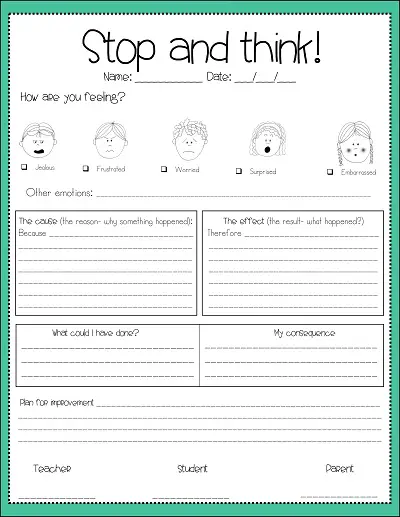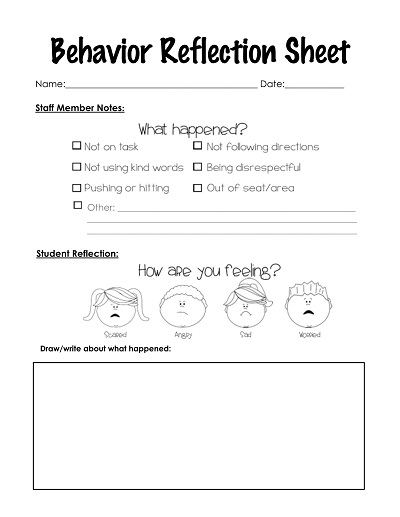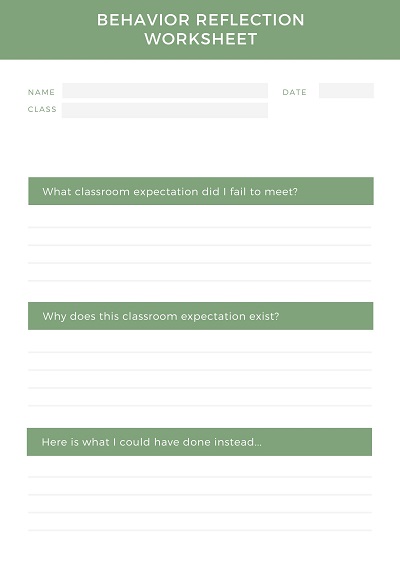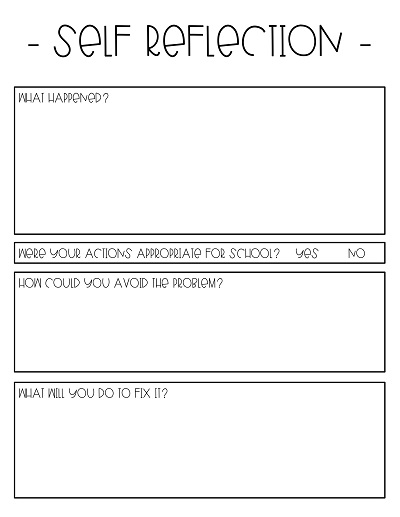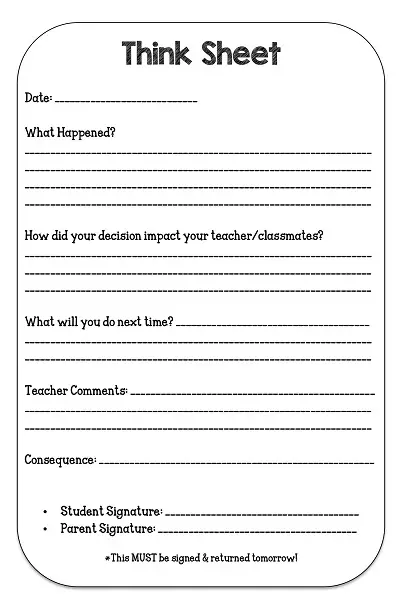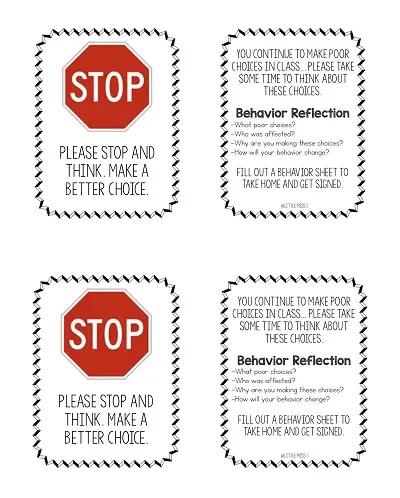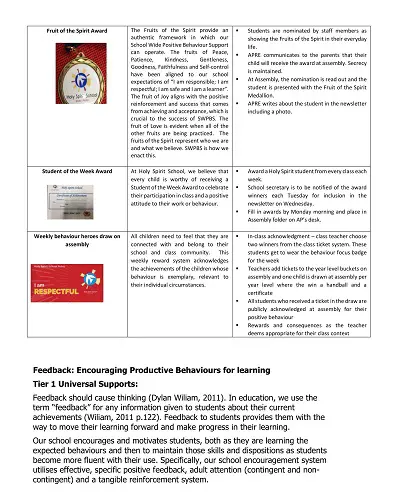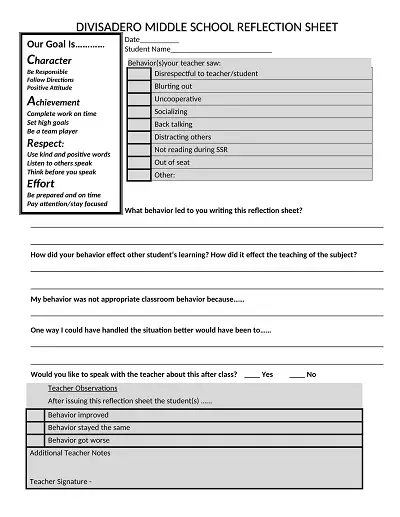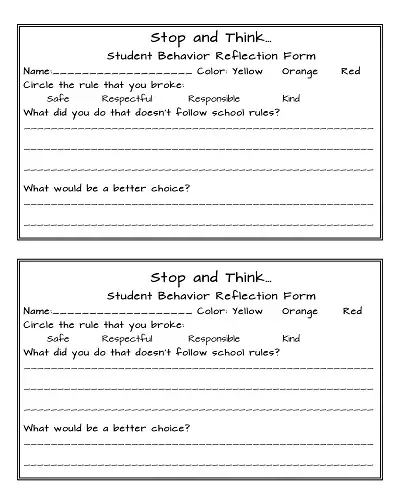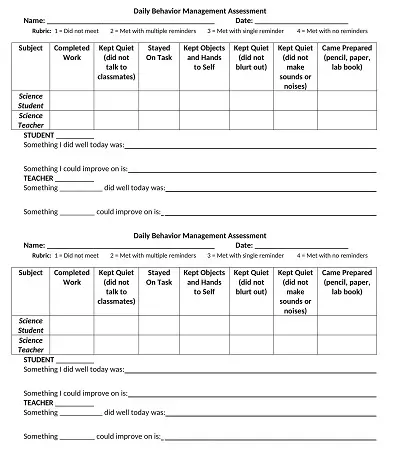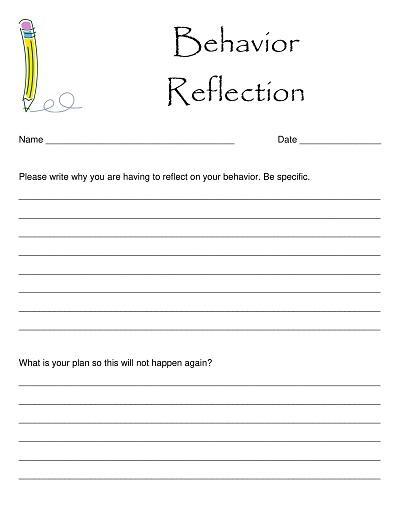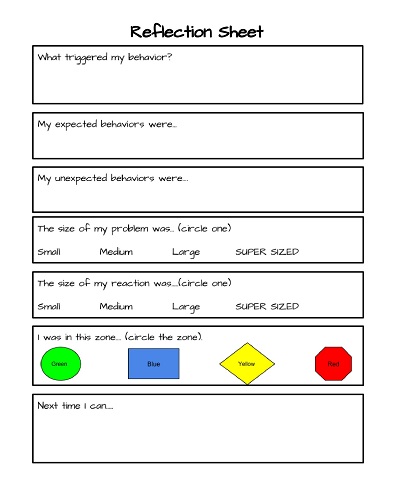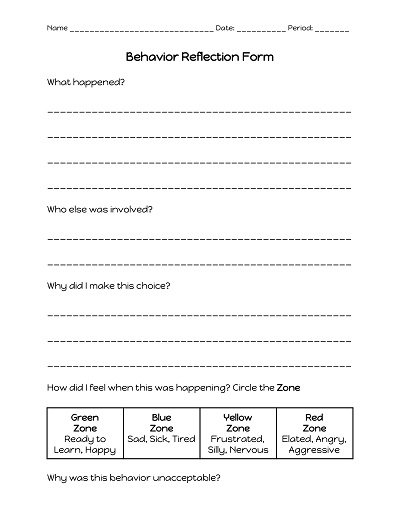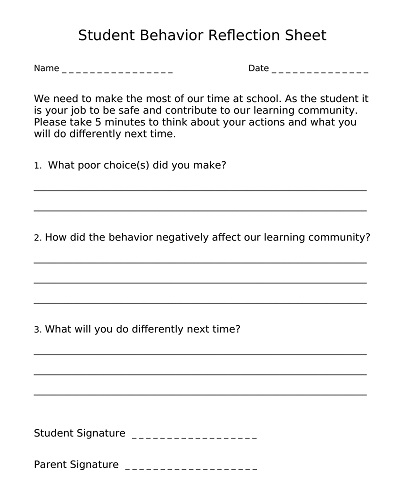22+ Free Printable Behavior Reflection Sheet Templates
Reflection is a process where students describe their learning, how it changed, and how it might relate to future experiences. Reflective writing identifies, questions, and critically evaluates course-based learning opportunities integrated with your observations, experiences, impressions, beliefs, assumptions, or biases. It describes how this process stimulated a new or creative understanding of the content of the course. Behavior reflection sheets are valuable tools. They are designed to help individuals, especially students, reflect on their actions and behaviors. These templates are structured frameworks.
Table of Contents
They guide individuals through self-reflection. It fosters a deeper understanding of their choices and promotes personal growth. Behavior reflection sheets encourage individuals to pause and consider their actions objectively. This process promotes self-awareness by prompting individuals to think about the reasons behind their behavior. By using these templates, individuals take responsibility for their actions. This accountability is essential for personal development. It can also contribute to a positive and respectful learning or working environment. In this sheet, we write about children’s basic information and behavior description.
Download Free Printable Behavior Reflection Sheet Templates
Reflecting honestly might involve acknowledging mistakes, recognizing areas for improvement, and understanding the reasons behind certain actions. Embrace this opportunity for self-discovery, as it is through honest reflection that we pave the way for personal development. Understanding the impact of your behavior is crucial for building healthy relationships and fostering a positive environment. It’s an opportunity to cultivate empathy and become more attuned to the needs and feelings of those who share the space with you.
Benefits of Behavior Chart
A behavioral chart, also known as a behavior chart or behavior tracking chart, can offer several benefits in various contexts, particularly in educational settings, parenting, and therapeutic interventions. Here are some benefits of behavioral charts:
Maintaining order in the classroom
Communicate the rules and expectations from the beginning of the school year or semester. Discuss the consequences of not following the rules and ensure students understand them. Develop a comprehensive classroom management plan that includes various situations’ rules, consequences, and procedures.
Share the plan with students and discuss it regularly to reinforce expectations. Encourage positive behavior by using praise, rewards, and acknowledgment. Create a system of rewards for individual and group achievements.
Giving students a transparent indicator
Student behavior charts are a visual display of progress with one’s peers, enabling students to support one another as they progress academically and socially.
Holding students accountable
Retaining students accountable for their behavior involves suggesting clear expectations, providing consistent consequences, and prompt personal responsibility.
Types of Behavior Reflection Sheet Template
In the realm of behavioral management, there are several types of Behavior Reflection Sheet Templates each tailored to suit different scenarios.
The Classic Behavior Reflection Sheet Template
The Behavior Reflection Sheet is a valuable tool used in educational settings to help students reflect on their behavior and make positive choices. Reflective practice can be very personal, and sometimes templates made by others just won’t feel right. This template includes sections for recording the details of the incident. It also includes sections for reflecting on the behavior, identifying triggers, and setting goals for improvement. It provides a structured approach to analyzing behavior patterns. It encourages individuals to take responsibility for their actions.
The Visual Behavior Reflection Sheet Template
The Visual Behavior Reflection Sheet is a dynamic and engaging tool. It’s designed to assist individuals, especially students, in reflecting on their behavior through visual elements. This innovative template employs graphics, charts, and symbols to provide a visually intuitive approach to self-reflection. It promotes a deeper understanding of one’s actions and fosters personal growth. This template incorporates images, symbols, or emojis to represent different emotions and behaviors. Individuals can better understand their behavior and work towards positive change by visually representing their feelings and actions.
The Collaborative Behavior Reflection Sheet Template
The Collaborative Behavior Reflection Sheet is a comprehensive and cooperative tool. It’s designed to facilitate group reflection on behavior. It encourages individuals to work together to understand and improve their actions. This template emphasizes teamwork, open communication, and shared responsibility in addressing and resolving behavioral challenges within a group or community setting. It includes sections for individuals to reflect on their behavior. It also encourages them to seek feedback from others involved. Involving others in the reflection process can help individuals gain different perspectives and insights. It can lead to more effective behavior change.
The Behavior Reflection Sheet Template for Children
Children often benefit from simplified behavior reflection sheets. The template is highly customizable to suit children’s developmental stages and preferences. Colors, graphics, and additional child-friendly prompts can be incorporated to make the reflection process engaging and relatable. The Behavior Reflection Sheet is designed to help your child reflect on their actions, make thoughtful choices, and take responsibility for their behavior. It is not meant as a punitive measure but rather as an opportunity for personal growth and learning.
How to Create a Behavior Reflection Sheet Template
To create a behavior reflection sheet template, follow the steps below:
- Identify the Behavior: Begin by stating the behavior that needs to be corrected. Use simple, age-appropriate language to describe it.
- Define Expectations: Clearly outline what the expected behavior is in that situation. Again, keep the language simple and understandable for the student’s age group.
- Reflection Space: Provide a dedicated area for the student to reflect on their behavior. They should be able to identify what they did wrong and why it wasn’t the right choice.
- Behavior Improvement Suggestions: Allow space for the student to think of and offer suggestions on how to behave better if a similar situation arises.
- Teacher’s Observations and Comments: Include a section for the teacher to add their observations and comments about the incident. The teacher can also provide feedback on the student’s reflections and proposed behavior changes.
- Parental Signature: Lastly, add a signature line for parents to sign after reviewing the sheet with their child. This ensures that the parents are aware of their child’s behavior at school and are involved in the corrective process.
This template can be adjusted according to the specific needs of both the student and the teacher to address the identified behavioral issues effectively.
Conclusion
Behavior reflection sheets are valuable tools across various settings, fostering self-awareness, accountability, and personal growth. Complete a behavior reflection sheet involves taking responsibility for one’s behavior. The templates emphasize accountability, empowering individuals to acknowledge their actions and their impact on themselves and others.
In educational and collaborative settings, they can serve as communication tools. Teachers, parents, and supervisors can use the information in the sheets to engage in constructive discussions, offer support, and work collaboratively toward behavioral improvement. Behavior reflection sheet templates are crucial in cultivating a reflective and growth-oriented mindset.
